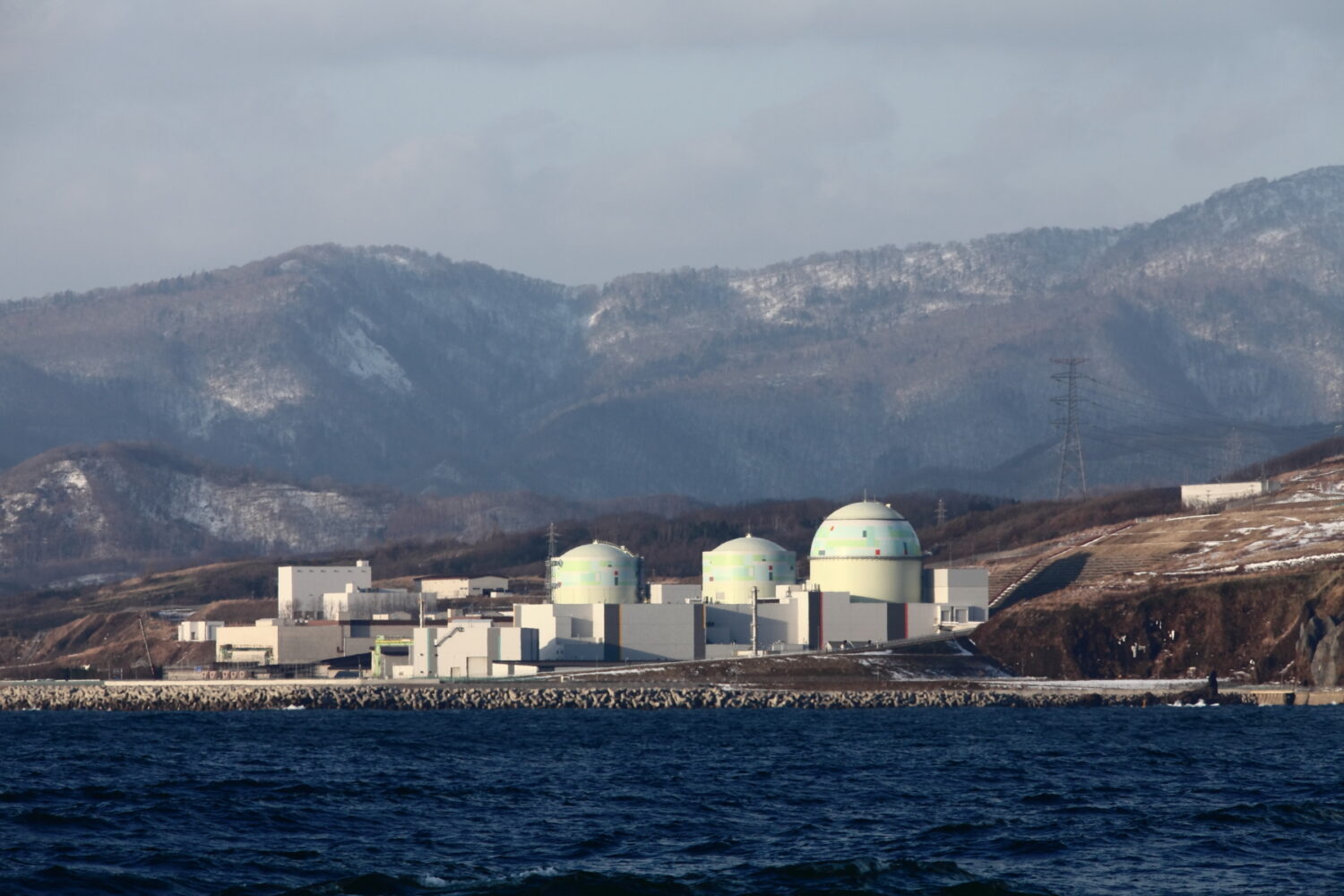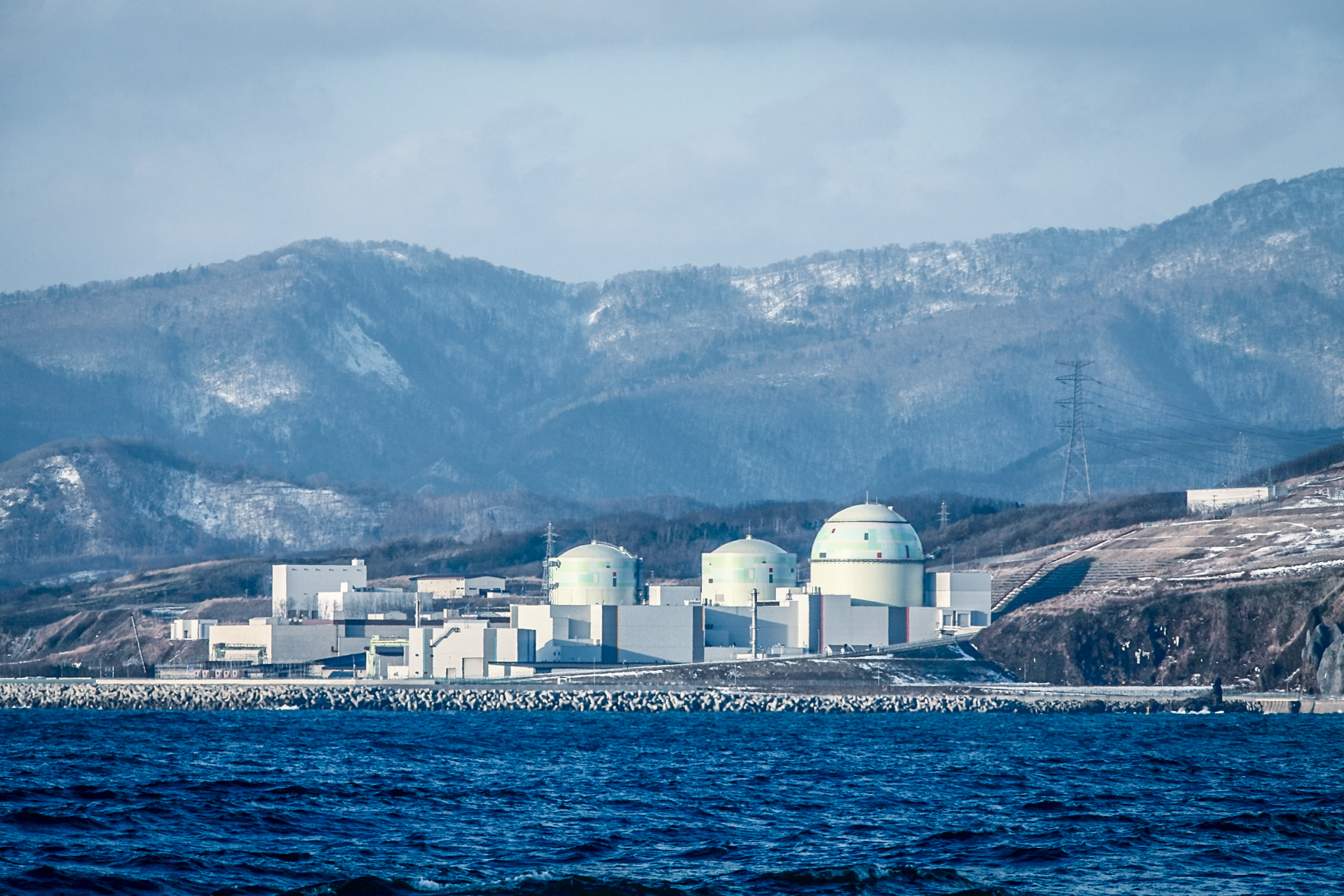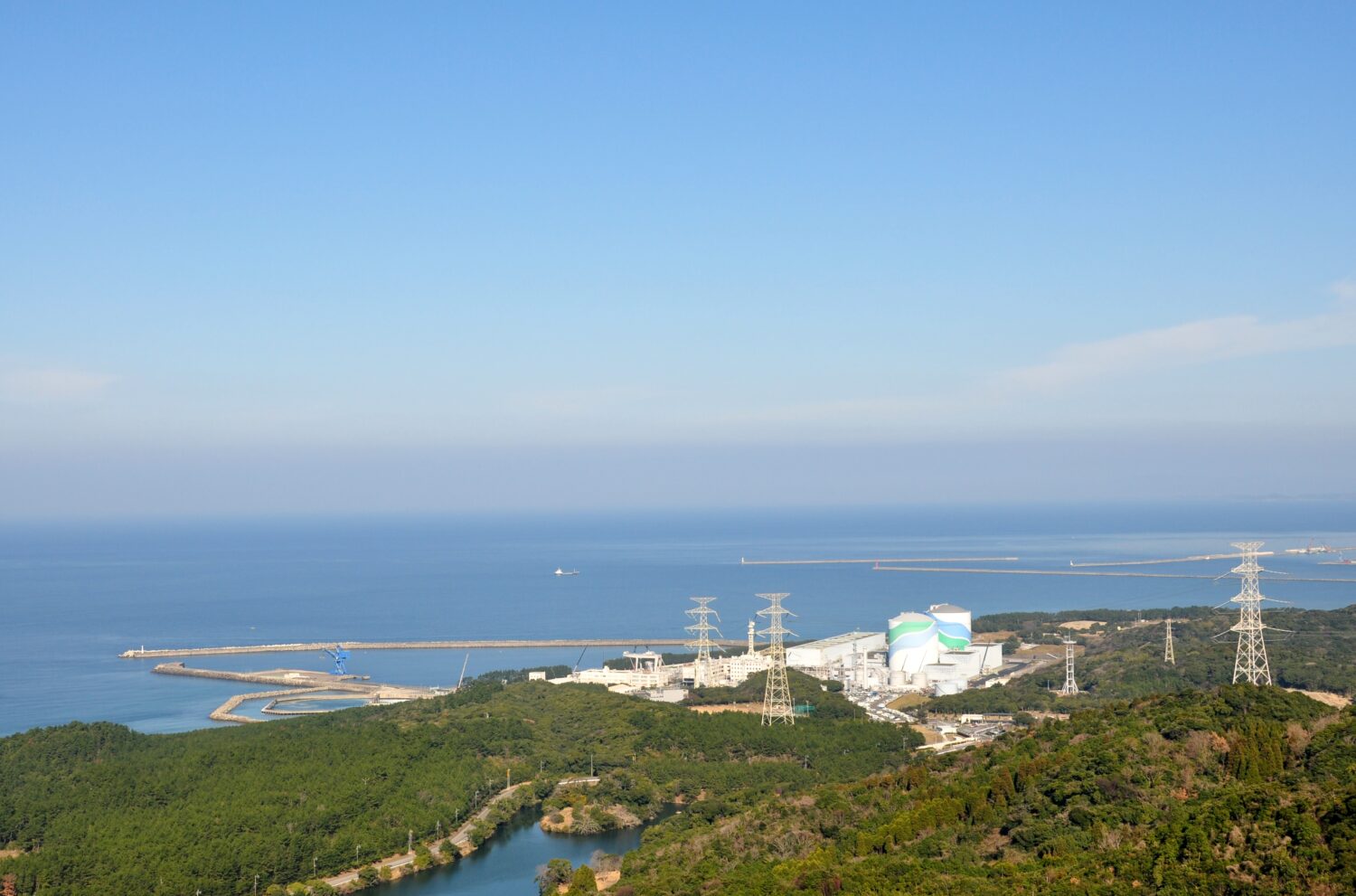At a meeting of the entities connected with “Monju”, held in the morning prior to the decision, Fukui Governor Issei Nishikawa had insisted that “the decommissioning is unacceptable without local understanding.” The decision was thus made without obtaining local approval.
The government conveyed its decommissioning policy to the Monju-related parties at the meeting held on December 19, but Governor Nishikawa said, “The explanation is inadequate, and cannot be accepted whatsoever.” Concerning the successive troubles experienced by Monju and the fact that it had hardly operated at all, the governor pointed out that the national government had not sufficiently reflected on those matters. He also expressed his concern that the Japan Atomic Energy Agency (JAEA)—which proclaimed the Nuclear Regulatory Commission to be unqualified as an administrating agency—would be responsible for the decommissioning work. He also called for the consideration of a system that could ensure safety.
On the morning of December 21, the entities related to Monju again held at a meeting at the Tokyo offices of the Ministry of Education, Culture, Sports, Science and Technology (MEXT), at which the government reiterated its explanation of its decommissioning policy to Governor Nishikawa. At that time, he said, “If we fail to get the understanding and consent of Fukui Prefecture and Tsuruga City, it will be impossible to transition to the decommissioning.” MEXT Minister Hirokazu Matsuno then told him, “The future of Monju will be determined at the afternoon ministerial conference.”
 In its summary, the government indicated, “While Monju was not problematic insofar as its technology was concerned, it did suffer from management problems, including those of its maintenance framework, human resource development, and the relationships of responsibility among its various stakeholders.” Even so, the government could not get the understanding of the governor. So as to proceed with the decommissioning work safely, the government also announced a policy to establish a special system of decommissioning measures that it would lead and supervise, as well as technical evaluations by third parties.
In its summary, the government indicated, “While Monju was not problematic insofar as its technology was concerned, it did suffer from management problems, including those of its maintenance framework, human resource development, and the relationships of responsibility among its various stakeholders.” Even so, the government could not get the understanding of the governor. So as to proceed with the decommissioning work safely, the government also announced a policy to establish a special system of decommissioning measures that it would lead and supervise, as well as technical evaluations by third parties.
After the meeting, the governor declared to a contingent of reporters, “We do not accept the reactor’s decommissioning.”
 It is estimated that the government will have to spend at least JPY375 billion (USD3.2 billion at USD1 = JPY117) to implement the decommissioning of the reactor over three decades. The spent nuclear fuel within Monju will be removed by 2022, and the entire dismantling finished by 2047.
It is estimated that the government will have to spend at least JPY375 billion (USD3.2 billion at USD1 = JPY117) to implement the decommissioning of the reactor over three decades. The spent nuclear fuel within Monju will be removed by 2022, and the entire dismantling finished by 2047.
As its reason for the decommissioning, the government cited the need to spend more than JPY540 billion (USD4.6 billion) to meet to the new regulatory standards, developed in response to the March 2011 Fukushima Daiichi Accident.
Monju (280MWe) is a facility that symbolizes the nuclear fuel cycle, which involves the reprocessing of nuclear fuel from nuclear power plants and extracts plutonium as fuel. Although it was described as a “dream reactor” that could produce more fuel than it consumes, the reactor experienced a series of troubles since its first criticality in 1994, including a sodium leakage accident. It never achieved full-output operation, and only operated for 250 days.


-013.jpg)

-049.jpg)
.jpg)












